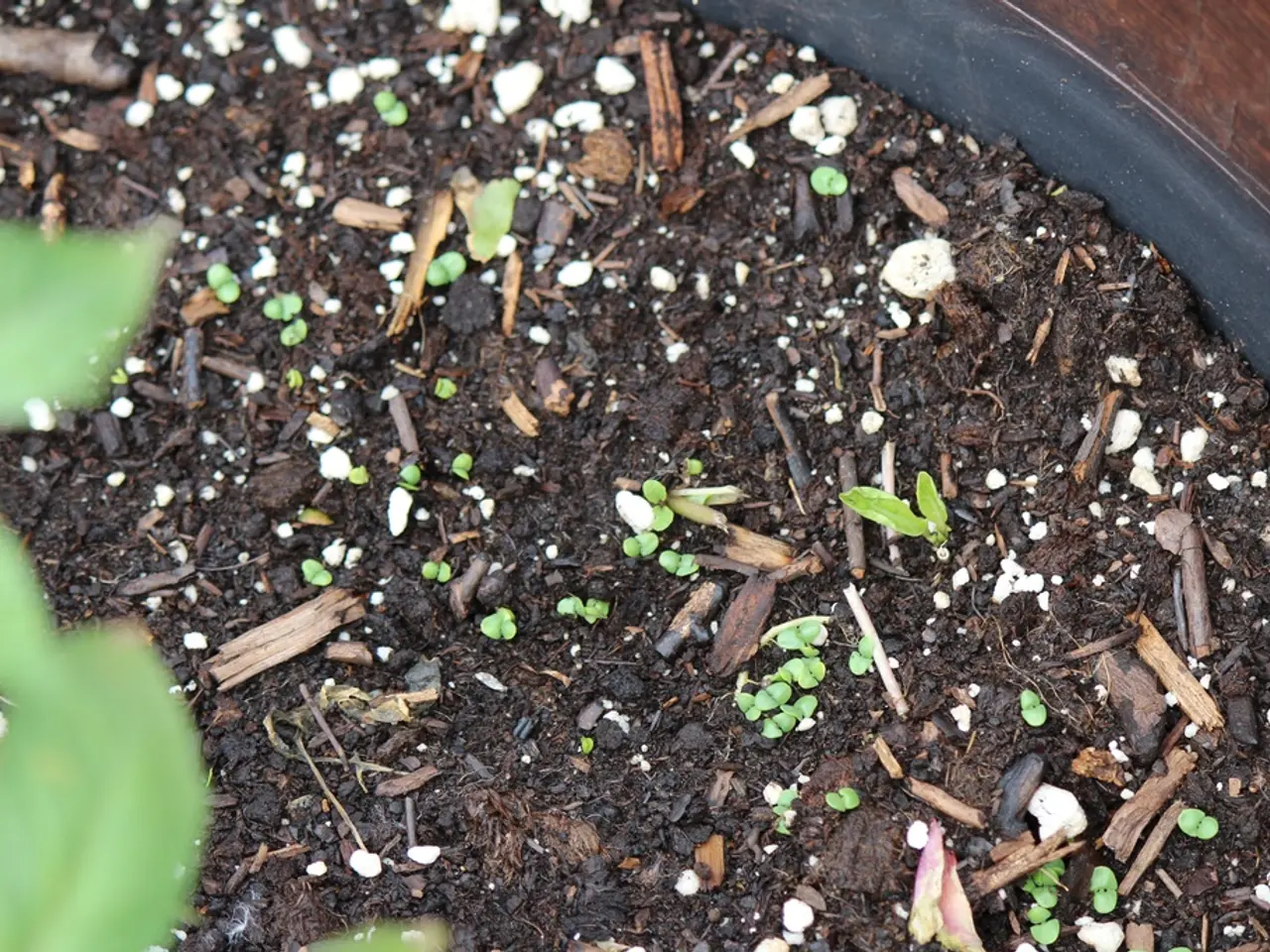Fostering Sustainable Growth: Europe's Soil Revitalization via Data and Real-Life Experimentation Sites
The European Union is taking significant steps towards the protection and restoration of its soils with the development of the EU Soil Observatory and the iCOSHELLs project. These initiatives aim to provide a comprehensive approach to soil health management, with the ultimate goal of restoring 75% of soils to healthy status by 2030, as part of the EU's Mission 'A Soil Deal for Europe'.
The EU Soil Observatory is being designed as a single platform for providing high-resolution, harmonized, and quality-assured soil data across the European Union. It will act as a 'dashboard of dashboards', consolidating information from various sources, making it accessible to policymakers, researchers, and citizens alike. The observatory will be instrumental in scaling the benefits of soil health improvements, requiring airtight monitoring, clear protocols, and shared frameworks.
One of the key components of the EU Soil Observatory is the Soil Health Dashboard, which will feature a catalogue of 12 core indicators covering physical, chemical, and biological aspects of soil health. Complementary initiatives such as the Soil Health Benchmarks and the Soil Health Data Cube will plug into these larger European infrastructures, further enhancing the observatory's capabilities.
The Soil Health Data Cube compiles indicators, terrain data, and crop models into an open-access system, while the Soil Health Benchmarks have harmonized sampling protocols for urban, agricultural, and forest soils. These initiatives will enable results from local actions to inform soil recovery strategies across the continent, ensuring a unified effort in addressing soil degradation.
iCOSHELLs, led by the Helmholtz-Zentrum Hereon, is one of the projects fostering innovative approaches to achieve this goal. iCOSHELLs solutions to soil degradation are designed in real conditions for various climatic zones and soil types, and the project connects scientific research with on-the-ground action in six 'Living Labs' across Europe. These Living Labs are located in the Basque Country, Bulgaria, Greece, Italy, Southeast Spain, and Sweden.
CETENMA, an iCOSHELLs partner in Spain, is developing a catalogue of soil health indicators, co-created with all Living Labs. Erik Sindhoj, researcher at Sweden's RISE and Scientific Lead of the iCOSHELLs project, emphasizes the importance of tracking soil health improvements.
Healthy soils are powerful carbon sinks, outperforming forests and oceans, and are crucial for our planet's ability to feed ourselves, filter water, and curb climate change. Soil health tracking is a foundation for wider transformation, delivering benefits such as higher crop yields, enhanced biodiversity, and resilience to drought and floods.
The forthcoming Soil Monitoring Law will further support these efforts by requiring Member States to adopt standardized soil descriptors and methodologies. The law will also include inventories of contaminated sites and tailored support for farmers, ensuring a unified and comprehensive approach to soil health management across the EU.
With the EU Soil Observatory, iCOSHELLs, and the Soil Monitoring Law, the European Union is taking decisive steps towards a healthier, more sustainable future for its soils, a vital resource for our planet's well-being.
Read also:
- Lawyers for the deceased Greek heiress's family, age 28, intend to file a lawsuit against two UK hospitals due to reportedly denying her treatment after an alleged insect bite led to her unfortunate demise.
- Increased Number of Uninsured Individuals May Push Local Healthcare Facilities to Their Limit
- Pokhara Regional Health and Technical Service Written Exam Results for 5th Level, Released by Lok Sewa Aayog
- Healthcare Support Hub in Augsburg





